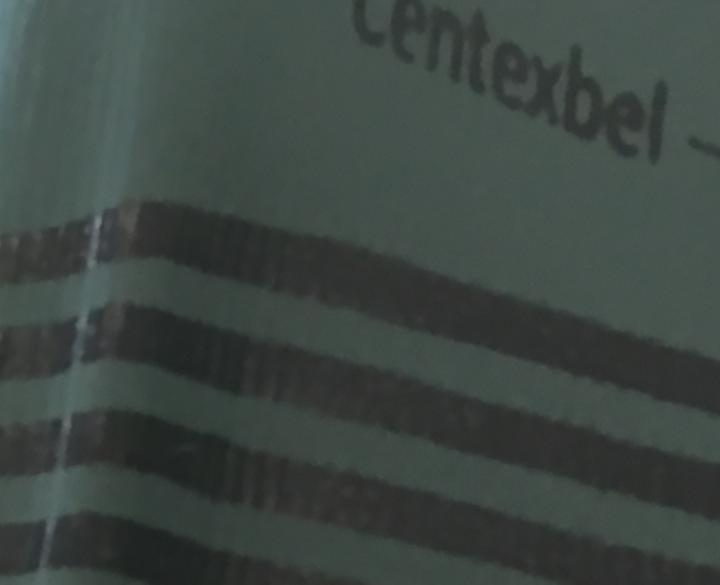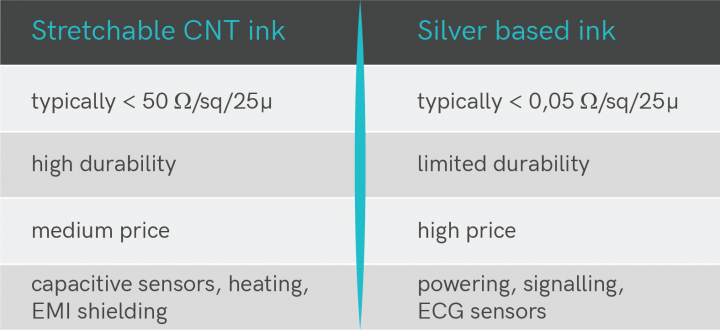About carbon nanotubes
Carbon nanotubes (CNT) are nanomaterials. They are often seen as a form of rolled up graphene and have interesting properties, including electrical conductivity, IR & UV-absorption, thermal conductivity and extreme strength.
CNTs are available in different shapes and forms:
- multi-walled CNTs are the cheapest and most relevant to the industry
- single walled CNTs
- chemically modified CNTs
CNTs are mainly applied by the industry to improve the strength of plastics and composites or to produce conductive inks and coatings.

Formulating inks & coatings with CNT
Because carbon nanomaterials tend to clog into large agglomerates, especially in water based systems, the main challenge is to obtain an excellent dispersion.
Over the past 10 years, Centexbel has screened the CNT dispersions of many producers in combination with many different dispersion additives and binders.
This way, we were able to optimise the use of CNT in an industrially relevant setting for coatings, inks and adhesives. In addition, Centexbel perfected the method to visualize conductive particles in a non-conductive matrix.
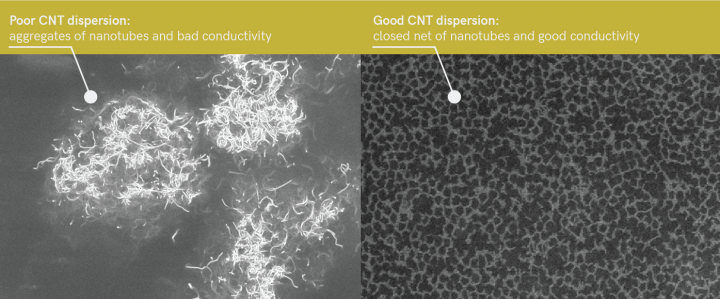
Carbon nanotubes visualized in their matrix
Timeline of Centexbel's expertise in CNTs
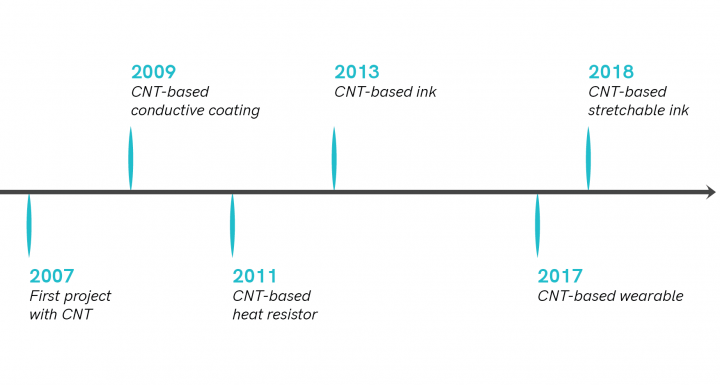
Designed durability on textiles
Textiles are often exposed to extreme conditions including repeated folding, stretching, or abrasion. Furthermore, textiles need to be washed with detergents at high temperatures.
In our accredited laboratories, we have tested many different durability parameters.
Despite a generally mild increase in resistivity, the ink, even without encapsulation, resists washing, cyclic flexing and stretching.


Carbon versus silver inks
Silver inks and carbon inks have different properties: whereas silver inks have a superior conductivity, carbon inks are much cheaper. However, the stretchable CNT based conductive ink developed by Centexbel exhibits superior durability compared to traditional conductive inks used in printed electronics. This implies that CNT and silver inks have different application fields.
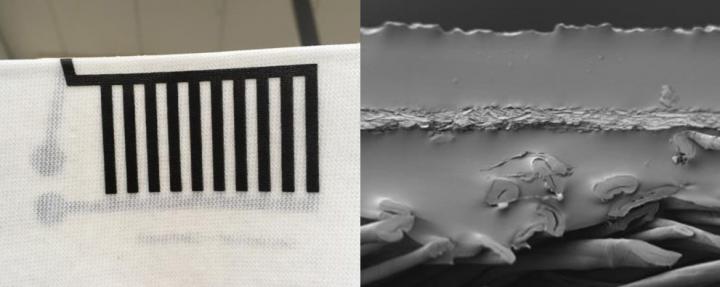
Left: a passive capacitive sensor printed on textiles without encapsulation.
Right: use of a silver-based ink, requiring encapsulative coatings on top of, and below the printed silver ink.
Lab prototypes
Centexbel has successfully proven the use of CNT inks on textiles in different appliation areas. The ink is applied with traditional screen printing or coating processes known to both the textile sector and the sector of printed electronics.
The applications vary from sensors to heating and have been tested as lab prototypes.

Movement sensor developed in an international project with partners: NXP semiconductors, Alsico High Tech and Televic Healthcare. The movement sensor has been validated in a medical environment.

Conductive surfaces (using CNT) can be used as a heating resistor. The temperature varies according to the voltage applied.




